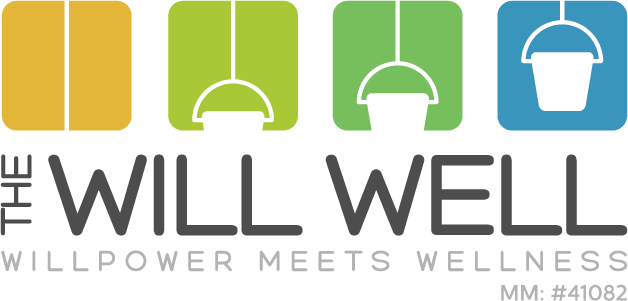Iron Willpower: Because life’s too short to feel like a rusty nail.
Iron is an indispensable mineral for the human body, playing a crucial role in numerous physiological functions. Its primary function revolves around the transportation of oxygen from the lungs to various tissues and organs via the bloodstream. Iron is a key component of hemoglobin, the protein in red blood cells responsible for binding to oxygen molecules. Additionally, iron is essential for the formation of myoglobin, a protein found in muscles that facilitates oxygen storage and release during physical activity. Beyond its role in oxygen transport, iron is involved in energy production, DNA synthesis, and supporting a robust immune system.
When the body doesn't have enough iron to produce adequate amounts of hemoglobin, it leads to a condition known as iron deficiency anemia. This deficiency manifests through a range of symptoms, including fatigue, weakness, pale skin, shortness of breath, dizziness, headache, and difficulty concentrating. In severe cases, iron deficiency anemia can impair physical and cognitive function, impacting overall quality of life.
Recognizing the signs of iron deficiency is crucial for prompt intervention and treatment. Fatigue and weakness are among the most common symptoms, as reduced oxygen delivery to tissues impairs energy production. Pale skin and nail beds may indicate decreased red blood cell production, while shortness of breath and dizziness result from inadequate oxygen supply to vital organs. Individuals with iron deficiency anemia may also experience unusual cravings for non-nutritive substances like ice, clay, or dirt, a condition known as pica.
To prevent iron deficiency and maintain optimal health, it's essential to incorporate iron-rich foods into the diet. These include both heme and non-heme sources of iron. Heme iron is derived from animal-based sources and is more readily absorbed by the body compared to non-heme iron found in plant-based foods.
Some of the best sources of heme iron include:
Lean meats such as beef, lamb, pork, and poultry.
Organ meats like liver and kidney.
Seafood such as fish, shrimp, and shellfish.
Non-heme iron sources are abundant in plant-based foods and include:
Legumes such as beans, lentils, chickpeas, and soybeans.
Leafy green vegetables like spinach, kale, Swiss chard, and collard greens.
Nuts and seeds, including pumpkin seeds, sesame seeds, hemp seeds, and almonds.
Whole grains like quinoa, oats, barley, and brown rice.
While non-heme iron is not as readily absorbed as heme iron, pairing it with vitamin C-rich foods can enhance its absorption. Consuming fruits like oranges, strawberries, kiwi, and bell peppers alongside iron-rich meals can significantly improve iron uptake in the body. Conversely, certain dietary components, such as calcium and tannins, can inhibit iron absorption. It's advisable to avoid consuming calcium-rich foods and beverages like dairy products and fortified orange juice with iron-rich meals to maximize iron absorption.
In addition to dietary strategies, other lifestyle factors can influence iron status. Cooking acidic foods like tomato sauce in cast iron cookware can increase the iron content of meals. However, individuals with hemochromatosis or iron overload should exercise caution when using cast iron cookware, as it can contribute to excessive iron absorption.
For individuals with dietary restrictions or those at risk of iron deficiency, supplementation may be necessary under the guidance of a healthcare professional. Iron supplements are available in various forms, including ferrous sulfate, ferrous gluconate, and ferrous fumarate. It's important to follow dosing recommendations and monitor iron levels regularly to prevent adverse effects associated with excess iron intake.In conclusion, iron is an essential mineral vital for numerous bodily functions, including oxygen transport, energy production, and immune function. Iron deficiency anemia can have profound implications for overall health and well-being, but it is largely preventable through dietary interventions and supplementation when necessary. By incorporating a diverse array of iron-rich foods into the diet and optimizing absorption through strategic meal planning, individuals can maintain optimal iron levels and support their overall health and vitality.

